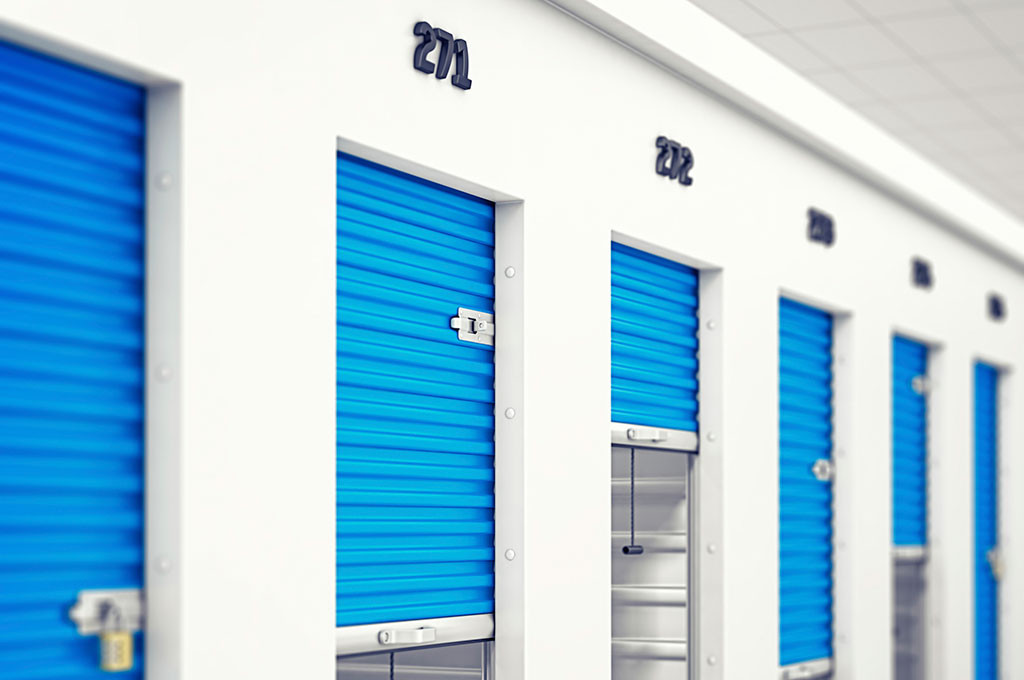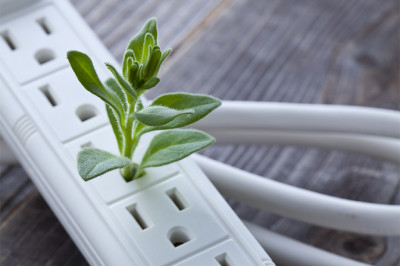The self-storage industry grows because we simply can’t throw stuff away. But a combination of factors could make the self-storage sector boom — maybe forever!
Oil, railroads, steel, automobiles, computers, software, Internet service and … self-storage?!
Think about it. The self-storage industry from its inception has been in very good company. All of the industries listed above boomed as a result of a shift in the way we live our lives. Those industries sustained themselves — some better than others over time — and made some people very rich during their heyday because they had one thing in common: Their commodity was indispensable. A significant percentage of the population, at some time or another, needed what they provided.
And so it is for self-storage. The outlook for this investment in the near and long term is exceedingly bright — because all self-storage properties are located at the intersection of three irresistible forces: two behavioral, one societal. They are consumerism, nostalgia and re-urbanization.
It’s all about the “stuff”
It’s human nature: We buy lots of stuff. Then, for a host of reasons — like “familial attrition,” changing interests or obsolescence (real or perceived) — we stop using a lot of that stuff long before the end of their useful lives. So, we hold onto them. Then, something in our life changes — like we urbanize, which causes us to downsize. Where does all the stuff go? In storage.
In our consumers’ society, it holds true that the amount of stuff we acquire is limited only by the amount of space we have to put it in. Self-storage pretty much “enables” us to keep buying stuff, even when we have run out of space for it. For that reason alone, the retail industry should be sending the self-storage industry a big fruit basket!
It would be unfair to call this the self-storage industry’s dirty little secret because, after all, those in that industry aren’t villains; they’ve just figured out how to put their product in the path of human nature. They capitalize on a phenomenon that’s only spoken of in hushed tones in the boardrooms of the self-storage moguls. This is the “Irrational Life Cycle of Stuff,” where:
- We pay top dollar to acquire stuff;
- Then it loses its utility through obsolescence or because we bought more stuff;
- But we haven’t had it that long. So, we think it still has value;
- So we go on eBay and try to sell it;
- But we find out it’s worth pennies on the dollar;
- Because the vicious cycle of consumerism throws more and more stuff on the market;
- Thus we are stuck with it because we can’t bring ourselves to throw it out;
- So, we store it, which continues to add to its original cost;
- Even though we no longer use it and probably will never again.
Incidentally, since the U.S. is a world leader in consumerism, it stands to reason that we need more places to store our stuff. As of the end of Q4 2014, there were approximately 58,000 self-storage facilities around the world. Over 48,000 are located here in the U.S. The amount of rentable self-storage space in the U.S. (currently, 2.3 BSF) would cover Manhattan more than three times over. That is enough square footage for every man, woman and child in America to stand under the collective roof canopy of U.S. self-storage facilities.
Still, how long can the self-storage boom continue unabated? In a recent discussion about a population segment that is shaping the future of the D.C. area, business visionary Ted Leonsis said this about Millennials to a NAIOP audience in Northern Virginia: “There are more of them (Millennials) per capita here in D.C. than anywhere else in the U.S. With their generation, it’s less about owning stuff and more about experiences.”
Someone who wants to accelerate the process of moving us away from consumerism and replace it with “experientialism” is James Wallman. Wallman coined the phrase “Stuffocation“: the feeling of anxiety and joylessness that comes with the practice of accumulating stuff. If Ralph Nader could cause the demise of the Chevy Corvair with his book, “Unsafe at Any Speed,” could James Wallman, with his widely read blog and book about “stuffocation,” possibly do the same to the self-storage industry? Less stuff! Should that strike fear in self-storage developers and investors?
Don’t ask me. Ask a sociologist how long it will take to “break” us of this nostalgic hoarding habit. I’ll bet they say it will take at least another generation. That’s roughly 25 years. Meanwhile, the reurbanization trend marches toward a point in time, around the year 2050, when 80 percent of the world’s population is expected to live in urban areas. What will undoubtedly occur in the years preceding such a shift in populations is nothing less than a massive reduction in the amount of living space per capita, as people move from suburban houses with garages and basements to smaller urban dwellings with little or no extra storage.
There are no hard figures as to what effect this trend could have on demand for storage space, but it’s a pretty good bet the needle will move significantly in the positive direction.
By the way, don’t assume that storage demand in the present day is tempered by the fact that a significant share of the population still lives in big, spacious homes. Amazingly, 65 percent of all self-storage renters have a garage but still rent a unit; 47 percent have an attic, and 33 percent have a basement!
A longer form of this post was first published on LinkedIn. The source for all statistical information in this article is the Self Storage Association (SSA). Additional industry insights were provided by Ashton Rowles, Managing Director of Valuation & Advisory Services for Colliers International in Washington D.C.
Steve is Senior Vice President of Colliers International in Washington, D.C. Having worked for both owners and occupiers, he writes about regional and national business trends. In his spare time, Steve is an accomplished cook and is also putting the finishing touches on his first movie screenplay. Connect with Steve on LinkedIn.

 Colliers Insights Team
Colliers Insights Team


 Anjee Solanki
Anjee Solanki